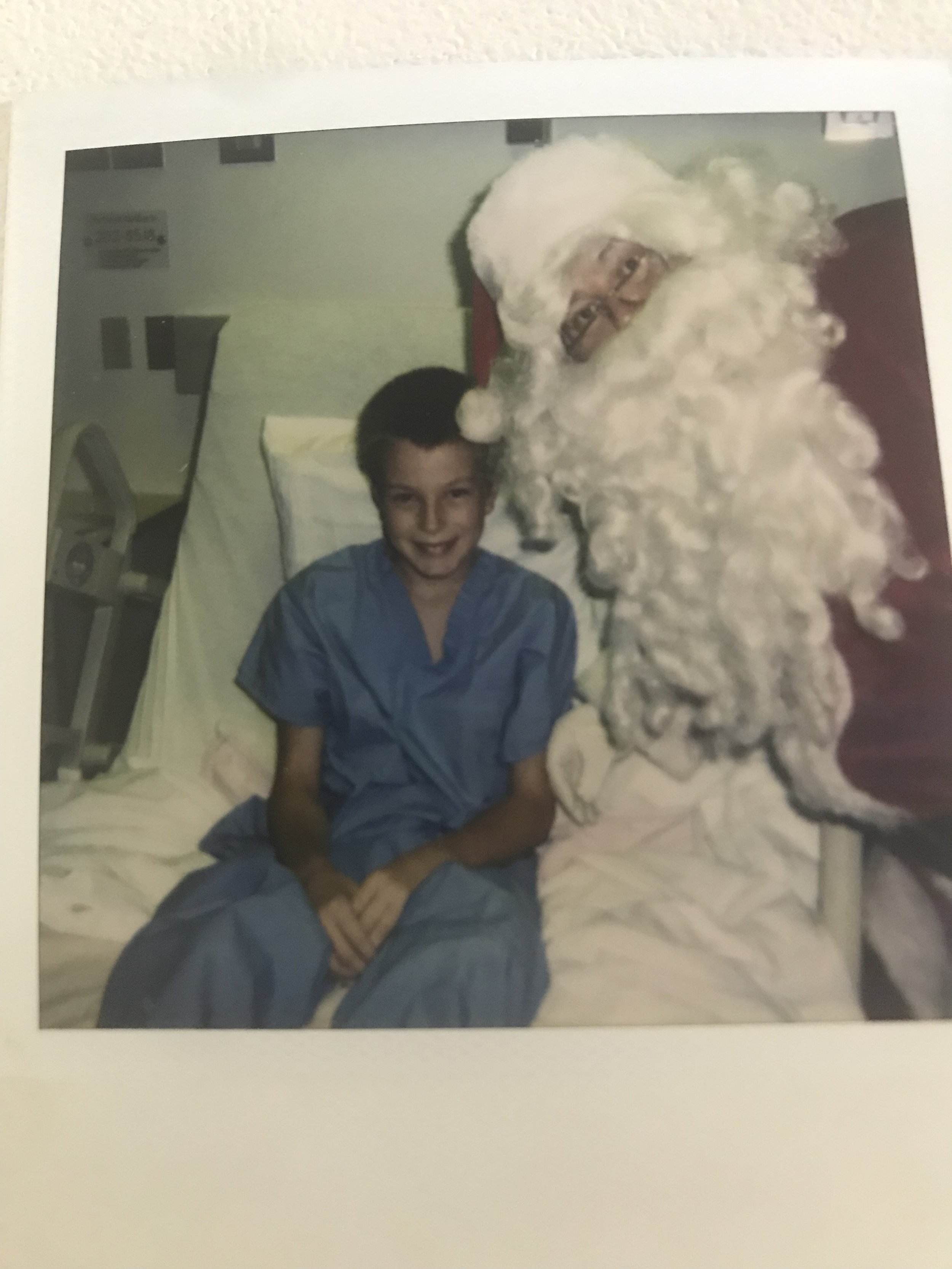Listen Instead of Reading
If you enjoy listening, you can subscribe to the audio version on Spotify, Apple Podcasts, and Audible so you don’t even have to look at the email 😊
Enjoy These Posts?
Reading Time: 1 min 34 sec
I hope the next 19’ish breaths are the most nourishing of your day.
4 THOUGHTS
1. A Free 5-Day Email Course for Instructors
It’s called: The Mixed Mindful Artist’s Guide: The 5 Biggest Mistakes Coaches Make with Breathing, Meditation, and Mindfulness (and How They Might Be Holding Back Your Coaching Practice).
You can sign up for it here. I hope you enjoy it!
2. Mindfulness Lowers Inflammation
“Mindfulness practice, it seems, lessens inflammation day to day, not just during meditation itself. The benefits seem to show up even with just four weeks of mindfulness practice (around thirty hours total), as well as with loving-kindness meditation…Looks like there’s biological confirmation of what meditators say: it gets easier to handle life’s upsets.”
– Daniel Goleman, Ph.D. & Richard Davidson, Ph.D., Altered Traits
Given that excess inflammation negatively impacts nearly every aspect of health, this highlights just how powerful a consistent mindfulness practice can be for overall well-being👏
3. Three Great Breath-Focused Quotes
Here are three great quotes from The Healing Power of the Breath, which is one of my all-time favorite Book 411s in the Breath Learning Center:
1. “The daily use of breath practices can turn back the tide of stress, counteract disease progression, and improve overall quality of life.”
2. “Once you establish an inner calm, you will transmit it naturally to others.”
3. “In learning breath practices the most important thing to remember is to relax…Self-judgment adds another layer of stress. The less you judge yourself, the easier it will be to relax and experience the benefits.”
4. The First Step on the Path
“Thus the first step on the Path is to know what you want, not what you ought to want. Only in this way can the pilgrim set out upon his journey fully prepared.”
– Alan Watts, Become What You Are
How good is that? It’s a great reminder that a well-lived life is not about figuring out what we “ought” or “should” want. Rather, it’s about finding our own way 👏
1 Quote
“It is an astonishing truth: there is only one person in the world I can hope to control, and that is myself.””
1 Answer
Category: Breath and Brain
Answer: This relaxing (and vibrating) breathing practice has been shown to increase gamma brain waves.
…
(Cue the Jeopardy! music.)
…
Question: What is humming?
In good breath,
Nick Heath, T1D, PhD
“Breathing is the compound interest of health & wellness.”
P.S. me following my path
Wisdom that Inspires Action, Mindfulness, and Humor
The Breathing 411 is mindfully created each week to support your journey. If you find it valuable, consider joining the Breath Learning Center. Members gain access to an ever-growing collection of book summaries, science paper reviews, and insights from the greatest teachers and thinkers, designed to help you find your unique path, connect ideas, help others, laugh, and grow as a Mixed Mindful Artist. It also includes ad-free daily emails, guided practices, and more.
The Breathing App for Diabetes
This is the first program specifically made for people with diabetes to help manage their stress through breathing and mindfulness practices. In addition to the amazing program inside the app, we have some really neat things coming up, so sign up now!
Amazon Associate Disclosure
I’ve been recommending books for almost 6 years. Yet somehow, I just discovered that I could be an Amazon affiliate [face-palm]. In any case better late than never. Now, any Amazon link you click is an affiliate link. As an Amazon Associate, I earn from qualifying purchases. So, if you’d like to support my work, buying books through these links is helpful : )
* An asterisk by a quote indicates that I listened to this book on Audible. Therefore, the quotation might not be correct, but is my best attempt at reproducing the punctuation based on the narrator’s pace, tone, and pauses.


